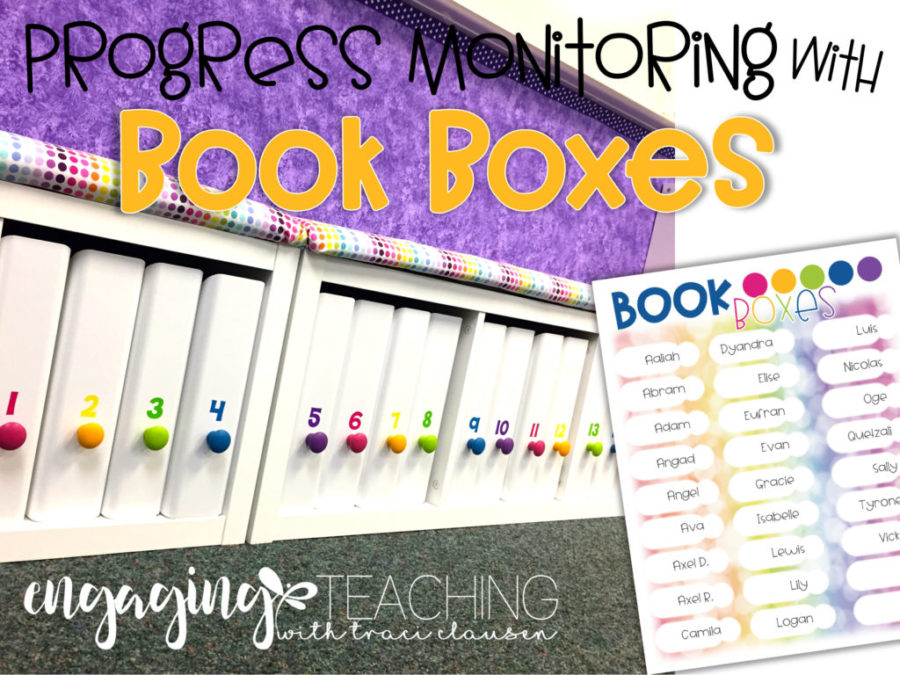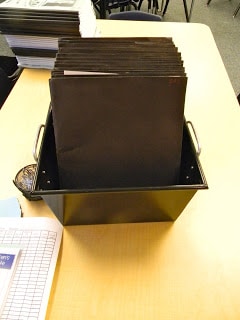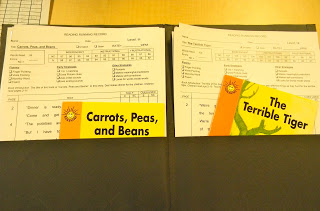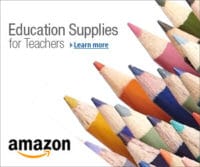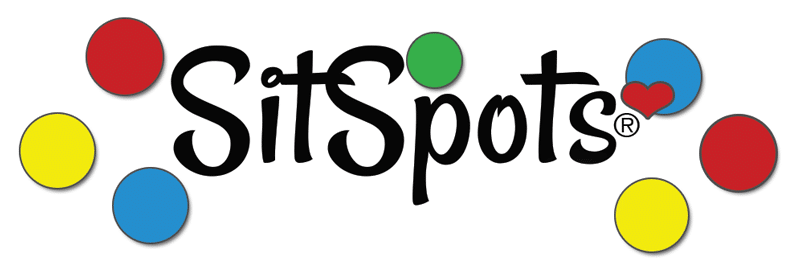There are 3 top LOVES/NEEDS/MUSTS I have in teaching. Progress monitoring is a definite must have!
Check out the other two all over my website. Here are a couple of links:
TRACK AND DEMONSTRATE STUDENT PROGRESS
Math always seems to work itself out. I like to assess the kids each week on each new concept. Use that info to work 1:1 or with small groups where needed – or reteach everyone when I discover they are all “missing” it. {Definitely an indication of teacher error. (: } Tracking their math fact skills is easy and important. Occasionally I use “speed math” (timed tests) for math progress monitoring and encourage them to beat their time and move to the next level.
My kids write every day – whether it be in their journals or an actual assignment they turn in. I show the kids the rubric. They know exactly what it takes to get an “Outstanding”. I grade at least one thing a week in regard to writing. Even if it’s dictation sentences.
Reading is an entirely different ball game. ESPECIALLY in K-2 – and primarily in 1st. It’s far more challenging, in-depth and constant. There are various leveling systems with regard to readers. Some systems are just fine, some are quite questionable. We use readers leveled by the Reading Recovery leveling system that ranges 1-30. I like it. I think it’s accurate and much more specific than some of the other leveling systems. The kids are expected to enter 1st at level 4 and we do everything possible to have them reading at least at level 20 when they leave 1st. The district’s requirement is that they are at a level 14 when they exit 1st. A child entering 2nd at 14 isn’t going to have the easiest time – so we work towards 20 instead.
No matter how you look at it – the expectation in growth is gi-nor-mous. The MOST thrilling part – it can be done.
I use a spreadsheet when progress monitoring reading levels. This way I have a graphic visual on consistent (or lack of) growth. Using leveled readers for guided reading every single week helps ensure that your students are being exposed to all reading strategies, appropriately increasing the use of high-frequency words and phonetic rules. You cannot assess children using leveled readers if you aren’t going to instruct them using the same thing.
Nonetheless, I know teachers who do just that. Unless you have that magic Utopian class, where all students are reading at the exact same level using the same books for all children isn’t effective for beginning/emergent readers.
The black tub in the pic above is from Ikea (many years ago) and each of the folders in it contains 2 different leveled books along with the running record sheets for them. I reassess my kids using running records about every 3 weeks.
In the meantime, the kids use leveled readers for their “read to self” time. In each of those numbered bins below are a collection of books leveled to match that box.
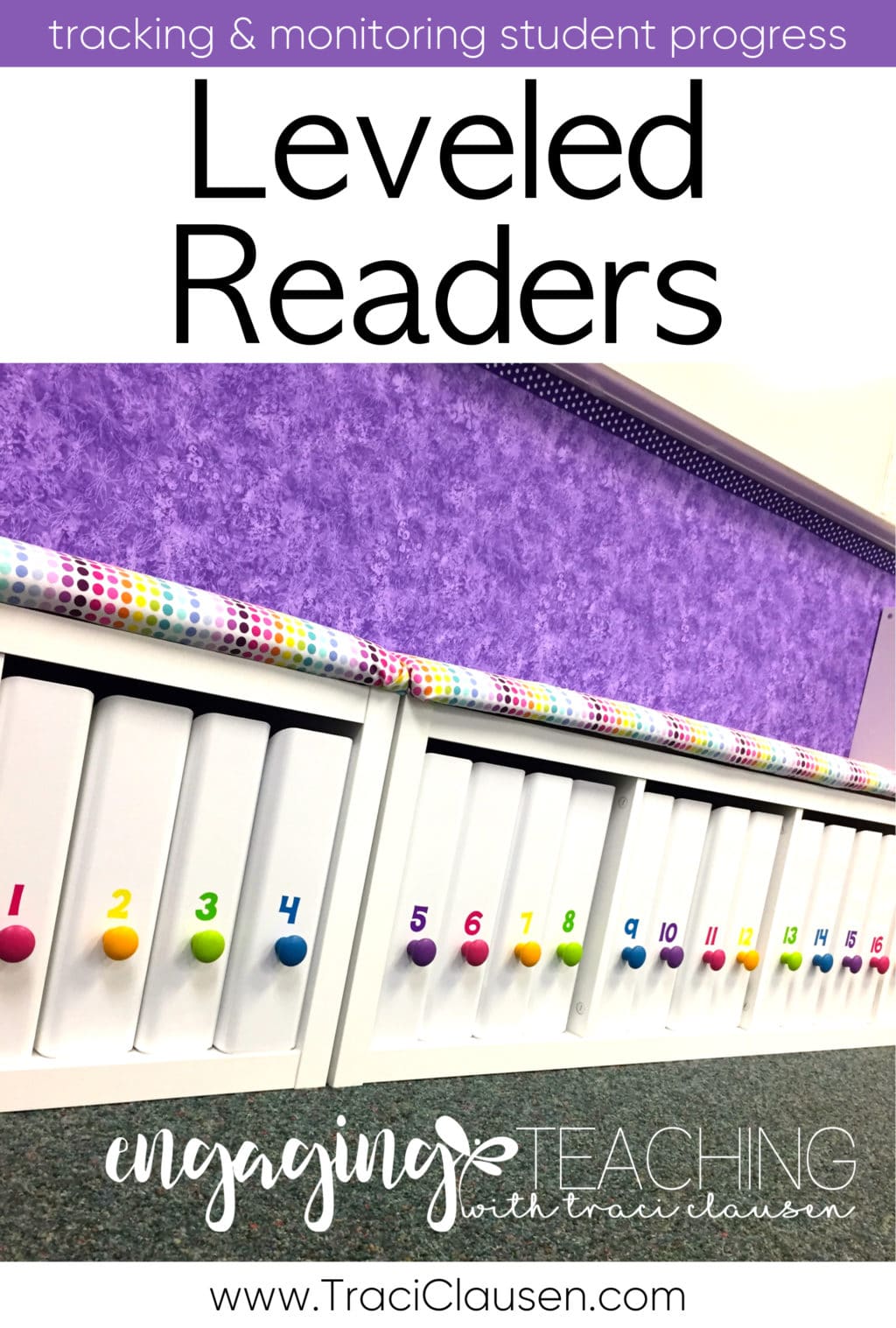
I used plastic magazine files that I picked up at Ikea to make these. I drilled a hole in each one. Then, I painted the doorknobs to match the vanilla sherbet theme of my classroom and screwed them into the holes. I used my Cricut to cut numbers in vinyl that matched my classroom colors.
Using leveled books with beginning readers as guided reading and assessment tools is important because they are perfect for assessing their growing recognition of sight words and phonemic awareness.
There is generally a minimum of a 1-2 level growth every 3 weeks. The kiddos are always aware of their reading level and love the challenge of moving to the next box.
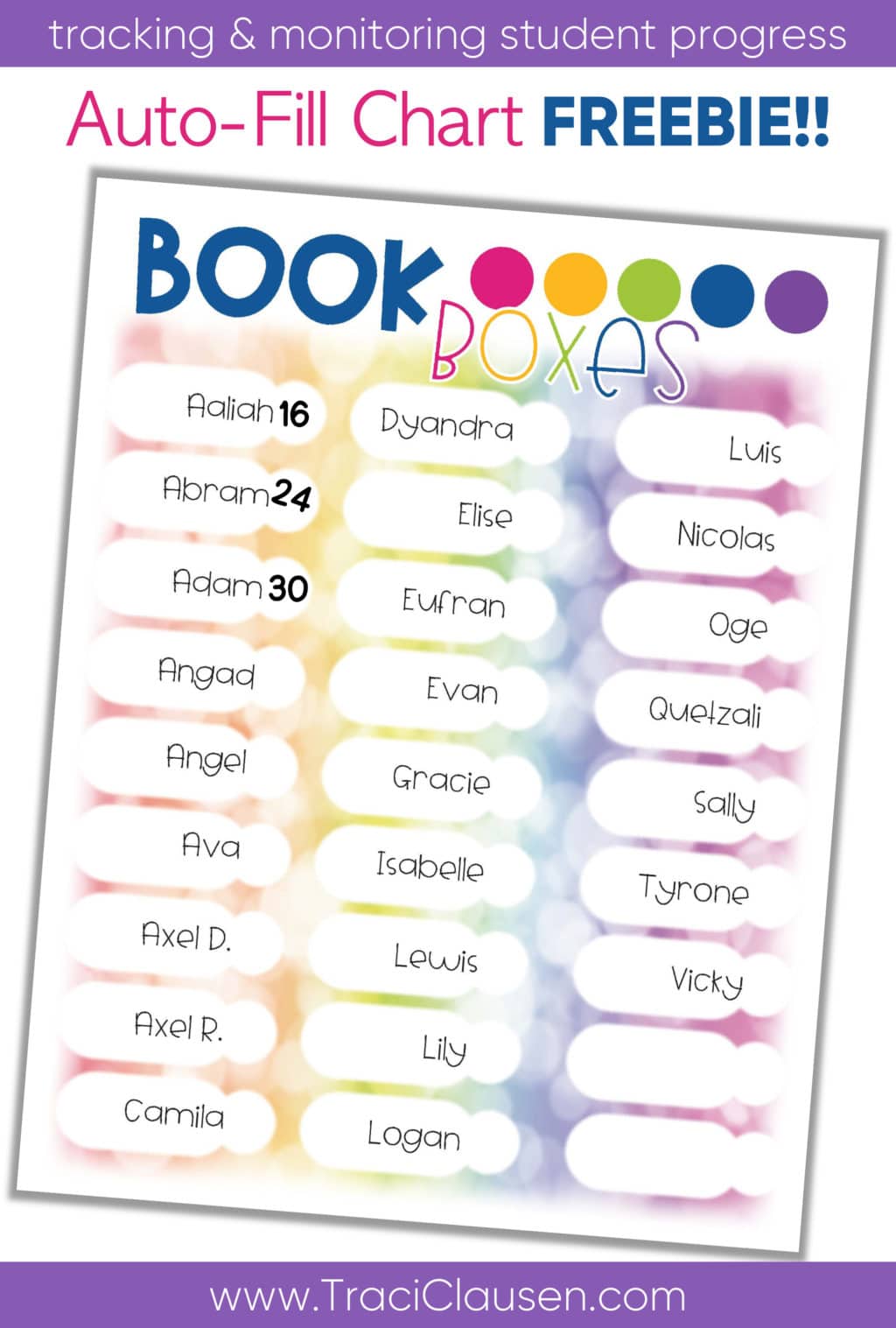
This card digitally auto-fills with student names. It’s SO easy. All you have to do is type in a list of names and you’re ready to make this book box chart.
First I print it on card stock. Then, I laminate it before writing in their levels with a wipe-off marker. I update it as each child moves up in reading level. If they forget which box they are in, they just look at the card. Yep, they see each other’s level. Yep, it encourages a little competition. They all know their goal is to get to box 20. Once they reach box 20, students use chapter books or any book in the room as their “read to self” book.
Even in 1st grade, most kiddos want to know how they are doing AND where they need to be. Posting and reiterating those expectations is important. It is essential those expectations are clear to parents as well. Progress monitoring students as they work toward the end goal helps those visual people, like myself, get a clear view of exactly where everyone stands. It also promotes a little competition and self-motivation within the kids. Additionally, students are involved and actively participating in their learning. Most importantly, teachers must progress monitor their students in order to be effective.
I’m pretty passionate about using running records. In many areas they’ve fallen by the wayside because big curriculum companies are not including this in their reading series. That’s such a disappointment. They are essential to the literacy monitoring process. They give SO much data regarding reading foundation skills.


